Melon & Cucumber Salad with Fresh Mint & Crispy Prosciutto
This dish spotlights seasonal melons, cucumber and zucchini, and was demonstrated by Chef Lisa Núñez-Hancock of UR What U Eat at the Spring 2022 Bounty of the County.
Ingredients:
1 small ripe cantaloupe melon
1 small ripe honeydew melon
1 small cucumber
1 small zucchini
¼ cup toasted pine nuts
1/3 cup mint leaves
¼ cup basil leaves
5 oz package Proscuitto
2 t. lemon juice
2 t. honey
1 t. Balsamic vinegar
2 T. extra virgin olive oil
Salt & pepper, to taste
To make the crispy prosciutto bits, pre-heat oven to 400 degrees. Line a baking sheet with parchment paper. Place slices of prosciutto on baking sheet. Bake for 7-10 minutes until a shade darker and crispy. Let cool then break into bits. Set aside.
To toast the pine nuts, reduce oven temperature to 350. Spread pine nuts out on a dry sheet pan and toast in the oven for about 5-7 minutes. Watch them carefully so they don’t burn. Or, toast pine nuts in a skillet on the stovetop until golden brown (stir very frequently over medium-low heat).
To make the vinaigrette, whisk together lemon juice, honey, balsamic vinegar and olive oil in a small bowl. Season with salt and pepper to taste.
Use a melon baller to create 1 ½ cups of cantaloupe balls and 1 cup of honeydew melon balls. With a vegetable peeler, create ribbons of cucumber cutting it lengthwise into long strips. Do the same with the zucchini. If desired, you can grill the zucchini ribbons by drizzling with more olive oil and sprinkling with a little salt and pepper. Wash and chop basil and mint leaves.
Assemble salad by placing cucumber and zucchini ribbons on a plate and drizzling with some vinaigrette. Scatter melon balls on top, then sprinkle with salt, pepper and a little more vinaigrette.
Scatter prosciutto bits and toasted pine nuts, and top with fresh basil and mint leaves. (This is a wonderful summer salad that goes well with a dry Prosecco or sparkling rosé.)
Serves 4.

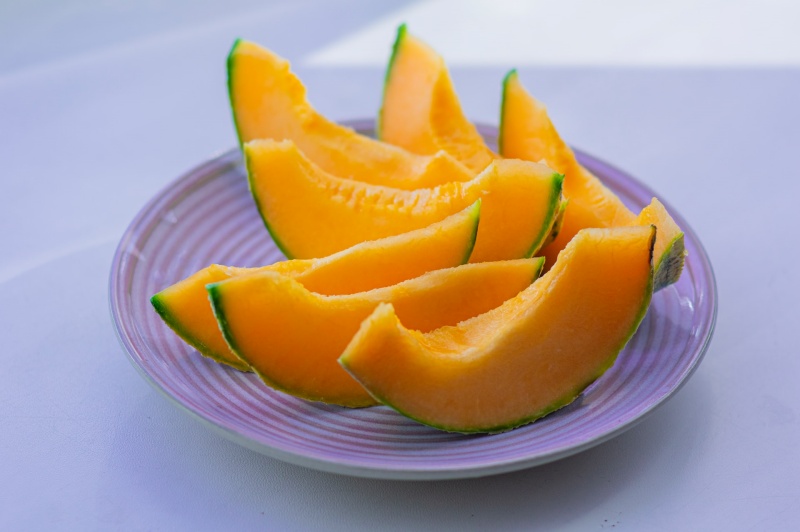
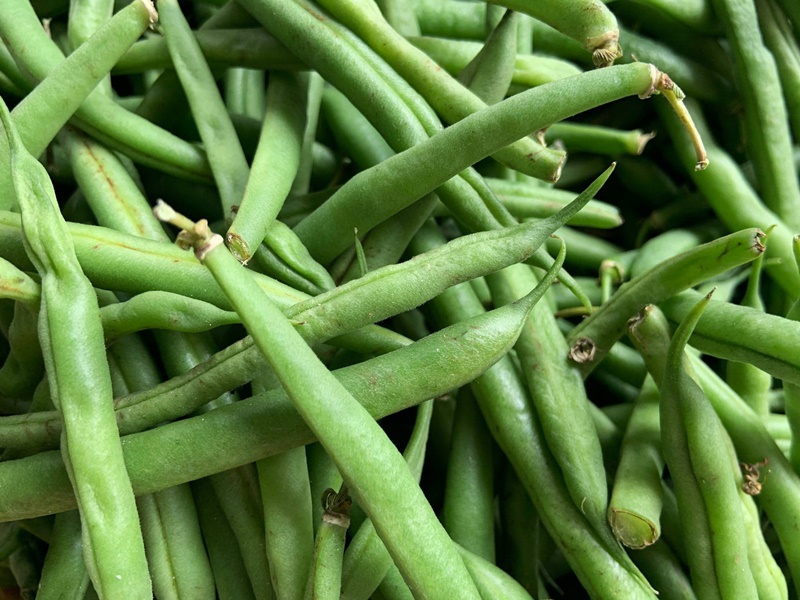
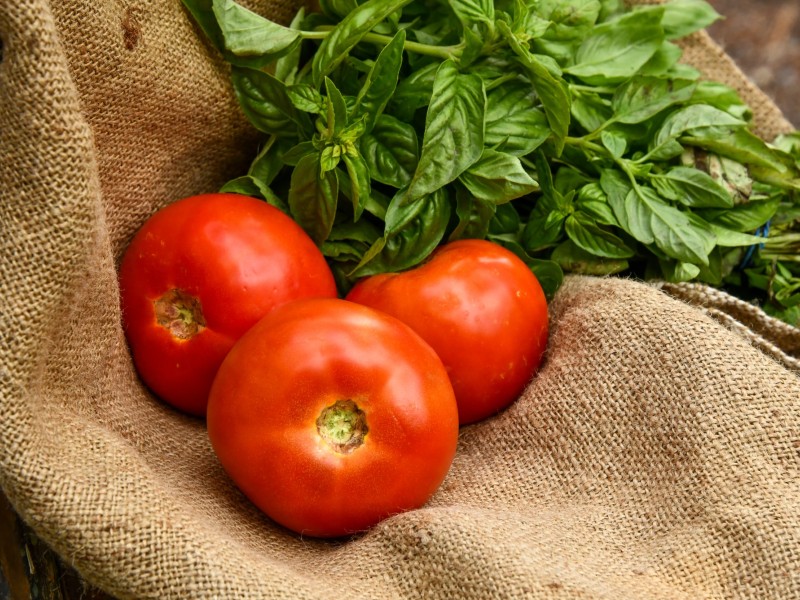

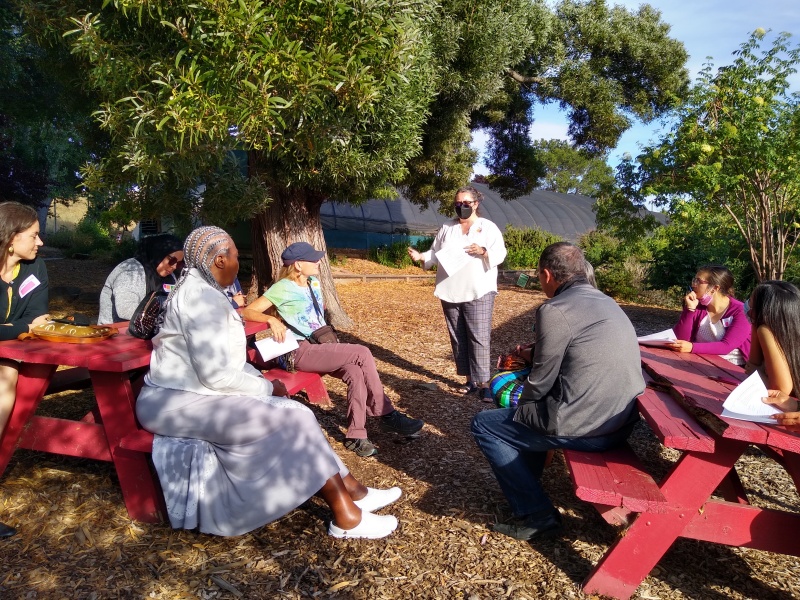
 The Vallejo Food Rescue Project is a joint effort between Food is Free Solano and Sustainable Solano under a grant from the
The Vallejo Food Rescue Project is a joint effort between Food is Free Solano and Sustainable Solano under a grant from the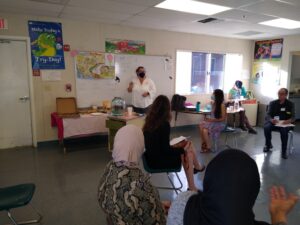 The excitement and interest around the app was apparent as the group discussed what support they could use. But something else was also going on during the meeting — connections were happening within the room.
The excitement and interest around the app was apparent as the group discussed what support they could use. But something else was also going on during the meeting — connections were happening within the room.